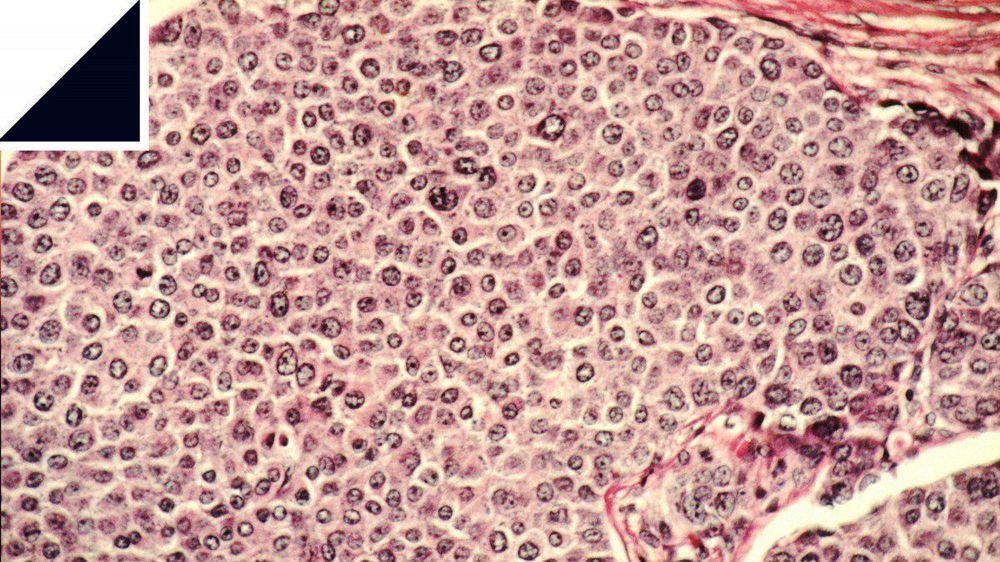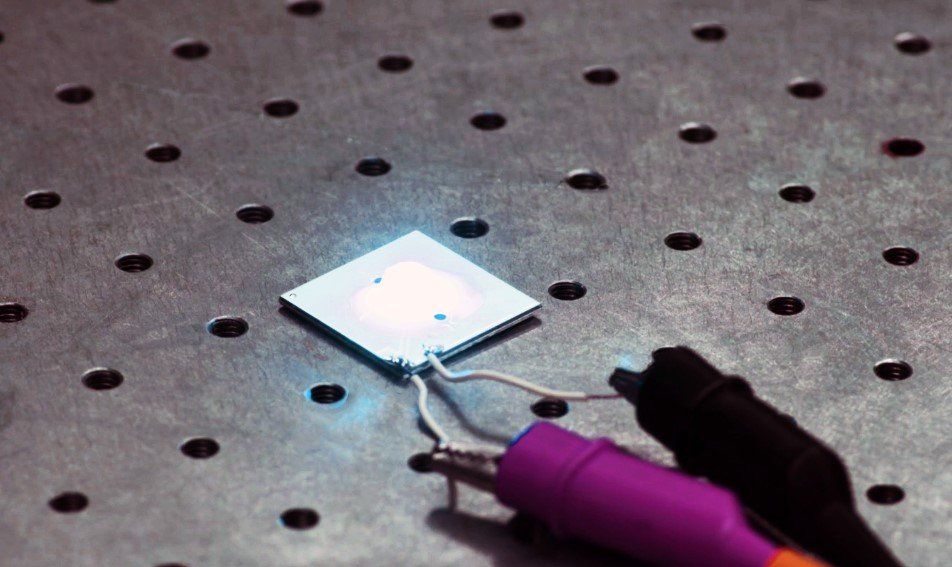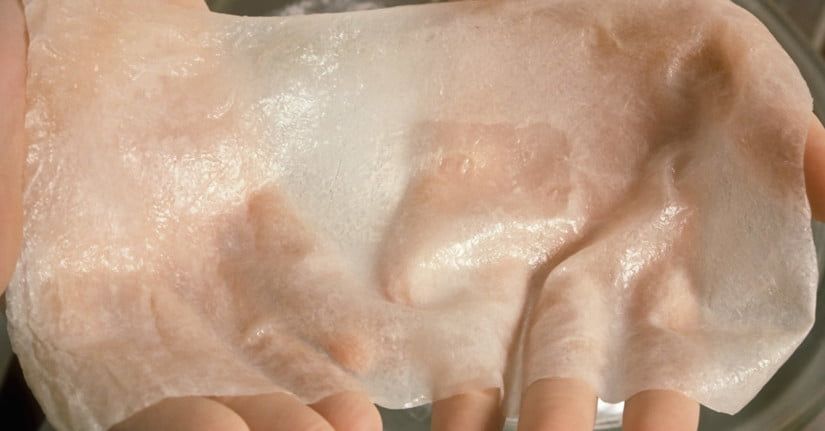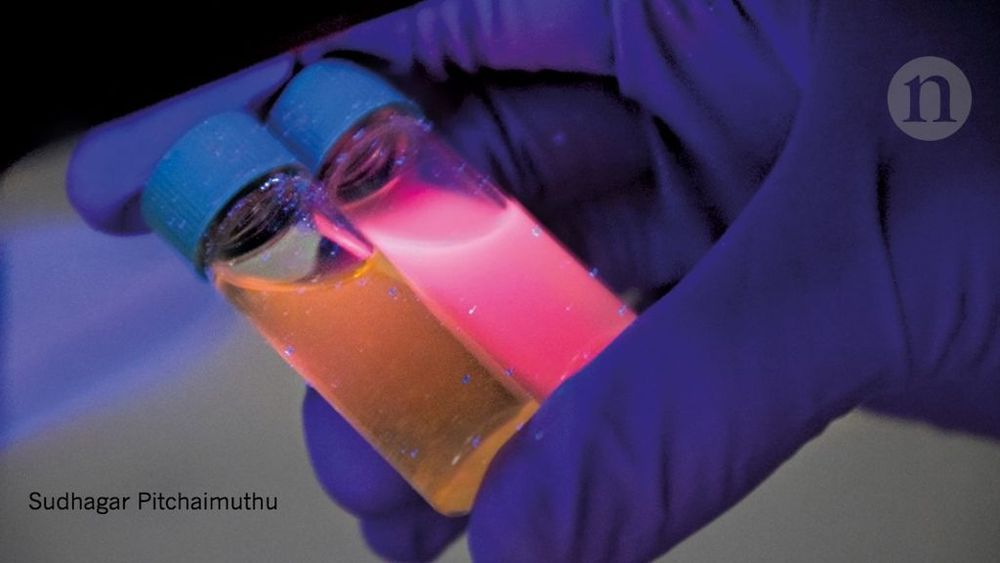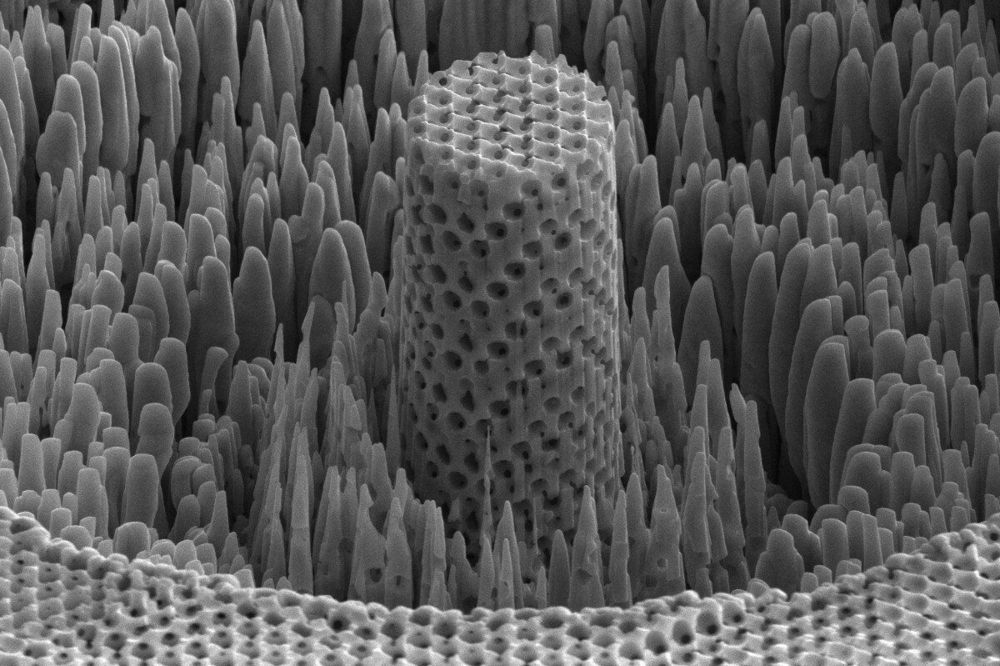Particles that produce electrical signals when bombarded with ultrasound could be a way to direct a cell-killing treatment directly to tumors.
Category: nanotechnology – Page 239
Scientists from ITMO in collaboration with international colleagues have proposed new DNA-based nanomachines that can be used for gene therapy for cancer. This new invention can greatly contribute to more effective and selective treatment of oncological diseases. The results were published in Angewandte Chemie.
Circa 2018
Researchers have demonstrated nanomaterial-based white-light-emitting diodes (LEDs) that exhibit a record luminous efficiency of 105 lumens per watt. Luminous efficiency is a measure of how well a light source uses power to generate light. With further development, the new LEDs could reach efficiencies over 200 lumens per watt, making them a promising energy-efficient lighting source for homes, offices and televisions.
“Efficient LEDs have strong potential for saving energy and protecting the environment,” said research leader Sedat Nizamoglu, Koç University, Turkey. “Replacing conventional lighting sources with LEDs with an efficiency of 200 lumens per watt would decrease the global electricity consumed for lighting by more than half. That reduction is equal to the electricity created by 230 typical 500-megawatt coal plants and would reduce greenhouse gas emissions by 200 million tons.”
The researchers describe how they created the high-efficiency white LEDs in Optica, The Optica l Society’s journal for high impact research. The new LEDs use commercially available blue LEDs combined with flexible lenses filled with a solution of nano-sized semiconductor particles called quantum dots. Light from the blue LED causes the quantum dots to emit green and red, which combines with the blue emission to create white light.
Researchers have developed a new kind of sensor designed to let artificial skin sense pressure, vibrations, and even magnetic fields. Developed by engineers, chemists, and biologists at the University of Connecticut and University of Toronto, the technology could help burn victims and amputees “feel” again through their prosthetic skin.
“The type of artificial skin we developed can be called an electronic skin or e-skin,” Islam Mosa, a postdoctoral fellow at UConn, told Digital Trends. “It is a new group of smart wearable electronics that are flexible, stretchable, shapable, and possess unique sensing capabilities that mimic human skin.”
To create the sensor for the artificial skin, Mosa and his team wrapped a silicone tube with a copper wire and filled the tube with an iron oxide nanoparticle fluid. As the nanoparticles move around the tube, they create an electrical current, which is picked up by the copper wire. When the tube experiences pressure, the current changes.
Due to their large size, charged surfaces, and environmental sensitivity, proteins do not naturally cross cell-membranes in intact form and, therefore, are difficult to deliver for both diagnostic and therapeutic purposes. Based upon the observation that clustered oligonucleotides can naturally engage scavenger receptors that facilitate cellular transfection, nucleic acid–metal organic framework nanoparticle (MOF NP) conjugates have been designed and synthesized from NU-1000 and PCN-222/MOF-545, respectively, and phosphate-terminated oligonucleotides. They have been characterized structurally and with respect to their ability to enter mammalian cells. The MOFs act as protein hosts, and their densely functionalized, oligonucleotide-rich surfaces make them colloidally stable and ensure facile cellular entry. With insulin as a model protein, high loading and a 10-fold enhancement of cellular uptake (as compared to that of the native protein) were achieved. Importantly, this approach can be generalized to facilitate the delivery of a variety of proteins as biological probes or potential therapeutics.
Proteins play key roles in living systems, and the ability to deliver active proteins to cells is attractive for both diagnostic and therapeutic purposes. Potential uses involve the evaluation of metabolic pathways, regulation of cellular processes, and treatment of disease involving protein deficiencies. (4−6) During the past decade, a series of techniques have been developed to facilitate protein internalization by live cells, including the use of complementary transfection agents, nanocarriers, (7−9) and protein surface modifications. (10−13) Although each strategy has its own merit, none are perfect solutions; they can cause cytotoxicity, reduce protein activity, and suffer from low delivery payloads. (14) For example, we have made the observation that one can take almost any protein and functionalize its surface with DNA to create entities that will naturally engage the cell-surface receptors involved in spherical nucleic acid (SNA) uptake. (13,15−17) While this method is extremely useful in certain situations, it requires direct modification of the protein and large amounts of nucleic acid, on a per-protein basis, to effect transfection. Ideally, one would like to deliver intact, functional proteins without the need to chemically modify them, and to do so in a nucleic-acid efficient manner.
Metal organic frameworks (MOFs) have emerged as a class of promising materials for the immobilization and storage of functional proteins. (18) Their mesoporous structures allow for exceptionally high protein loadings, and their framework architectures can significantly improve the thermal and chemical stabilities of the encapsulated proteins. (19−24) However, although MOF NPs have been recognized as potentially important intracellular delivery vehicles for proteins, (25−27) their poor colloidal stability and positively charged surfaces, (28,29) inhibit their cellular uptake and have led to unfavorable bioavailabilities. (30−33) Therefore, the development of general approaches for reducing MOF NP aggregation, minimizing positive charge (which can cause cytotoxicity), and facilitating cellular uptake is desirable. (34,35)
A prototype quantum radar that has the potential to detect objects which are invisible to conventional systems has been developed by an international research team led by a quantum information scientist at the University of York.
The new breed of radar is a hybrid system that uses quantum correlation between microwave and optical beams to detect objects of low reflectivity such as cancer cells or aircraft with a stealth capability. Because the quantum radar operates at much lower energies than conventional systems, it has the long-term potential for a range of applications in biomedicine including non-invasive NMR scans.
The research team led by Dr Stefano Pirandola, of the University’s Department of Computer Science and the York Centre for Quantum Technologies, found that a special converter — a double-cavity device that couples the microwave beam to an optical beam using a nano-mechanical oscillator — was the key to the new system.
A team of scientists have made a new discovery about naturally occurring magnetic materials, which in turn could lead to the development of nanoscale energy sources used to power next generation electronic devices. Researchers from Japan’s Okayama University and UC Riverside’s Bourns College of Engineering worked together to study the gumboot chiton, a type of mollusk that produces teeth made of the magnetic mineral magnetite, in hopes of better understanding its genetic process.
Instead, the body of the Lamborghini Terzo Millennio concept car, made from exotic carbon nanotubes, would be used as a supercapacitor. Supercapacitors store and release energy in a manner different from that employed by batteries. They have certain advantages, but also serious disadvantages.
It could be years, if ever, before scientists from MIT and Lamborghini, which is part of the Volkswagen Group ( VLKAF ), can overcome the downsides. But the effort would be worth it, said Mauricio Reggiani, Lamborghini’s head of research and development.
“At the moment, we are really optimistic,” he said.
High-performance golf clubs and airplane wings are made out of titanium, which is as strong as steel but about twice as light. These properties depend on the way a metal’s atoms are stacked, but random defects that arise in the manufacturing process mean that these materials are only a fraction as strong as they could theoretically be. An architect, working on the scale of individual atoms, could design and build new materials that have even better strength-to-weight ratios.
In a new study published in Nature Scientific Reports, researchers at the University of Pennsylvania’s School of Engineering and Applied Science, the University of Illinois at Urbana-Champaign, and the University of Cambridge have done just that. They have built a sheet of nickel with nanoscale pores that make it as strong as titanium but four to five times lighter.
The empty space of the pores, and the self-assembly process in which they’re made, make the porous metal akin to a natural material, such as wood.
